Langenlois, the “capital“ of the Kamptal, lies as if it’s position here was determined specifically because of wine: to the north is the Waldviertel, from which the cool evening air comes; and to the south, the Kamp river opens to the Danube river – underscoring the area’s ideal location for sunshine and Pannonian mildness. All in all, this means a hot days-cool nights climate, which is so typical for the Kamptal and optimal for the aromas and flavours of the grapes.
The geology here is equally rich in contrasts – in the north, the roots of the vines push their way through the gneiss and mica schist of the Bohemian mass and the sandstone so prevalent at the Heiligenstein, while in the south, they embrace the layers of loess, often several metres thick. We are pleased and grateful to have vineyards in the Kamptal’s top vineyard sites, including the Loiserberg, Käferberg, Steinmassl, Seeberg, Heiligenstein and Berg Vogelsang – and that we, through our wines, contribute to the international reputation of the Kamptal as a region of origin for outstanding white wines.
Our 6 “Erste Lagen” in the Kamptal:


Steinmassl
This site is located on a ridge extending from the south-southwest at 340 metres above sea level, to 240 metres in the north-northwest with a broad shoulder exposed toward the southwest. Paragneiss and mica schist along with dark amphibolites and light granite gneiss form the crystalline bedrock. As a result of Intense weathering, there are brown earth soils with varying levels of thickness – in some areas, up to one metre – that are interspersed with stones and, despite the silicate source material, can be somewhat calcareous.
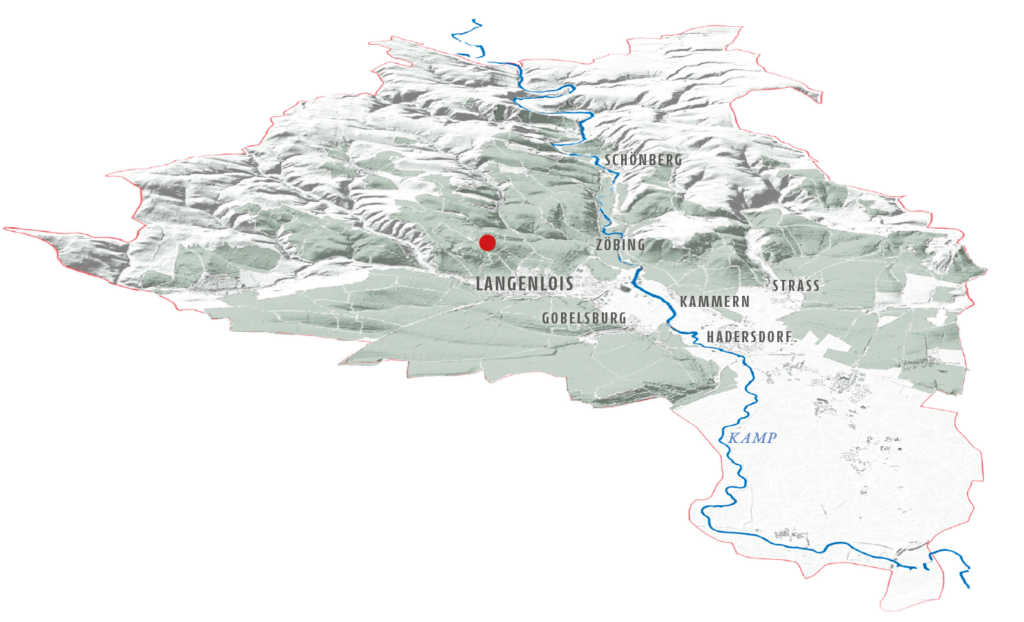

Heiligenstein
A south and southwest-facing terraced slope with a special geological extrusion, which has been preserved by the earth’s history. The solid rocks that rise to thesurface consist of feldspar-rich, reddish-brown sandstone and coarse conglomerates; there is random siltstone as well. The sediments were formed around 250 to 280 million years ago in lakes, ponds and periodically active rivers under a desert climate. Remains of fossilised plants and gravels of volcanic quartz porphyry can be found in the rocks. Some loess is preserved in sporadic shallow spots.
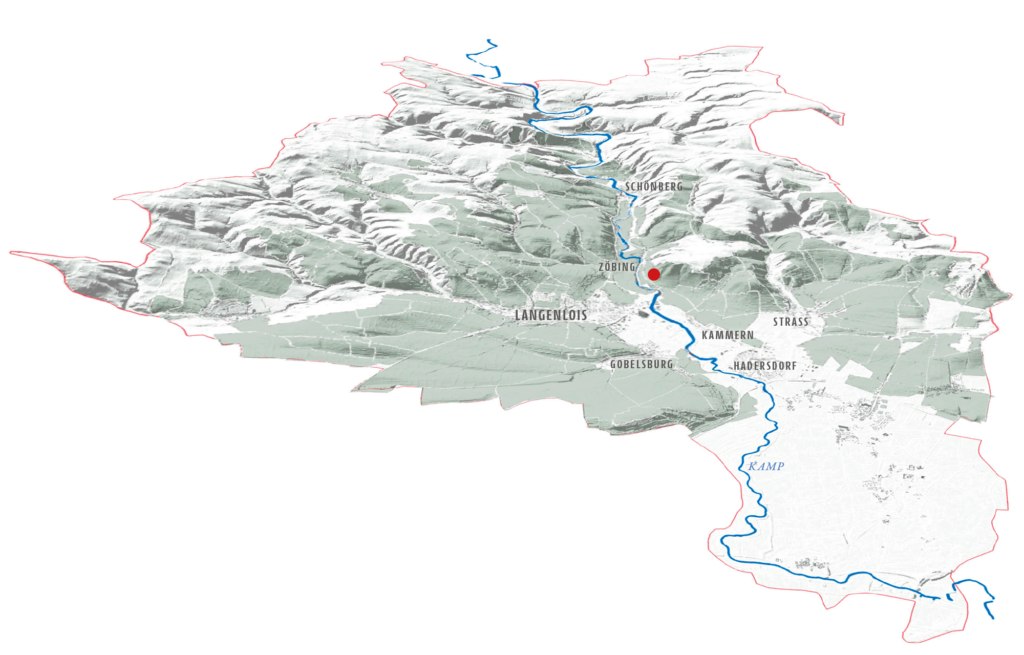

Käferberg
A warm, wind-protected site between 310 and 345 metres above sea level with a south-southeastern exposure and a diverse range of soils covering the bedrock. In a confined area, there can be older crystalline rocks such as amphibolite, gneiss and mica schist alternating with much younger clay marl, sand and rare gravels that had been deposited in the ancient Paratethys sea some 16 million years ago.
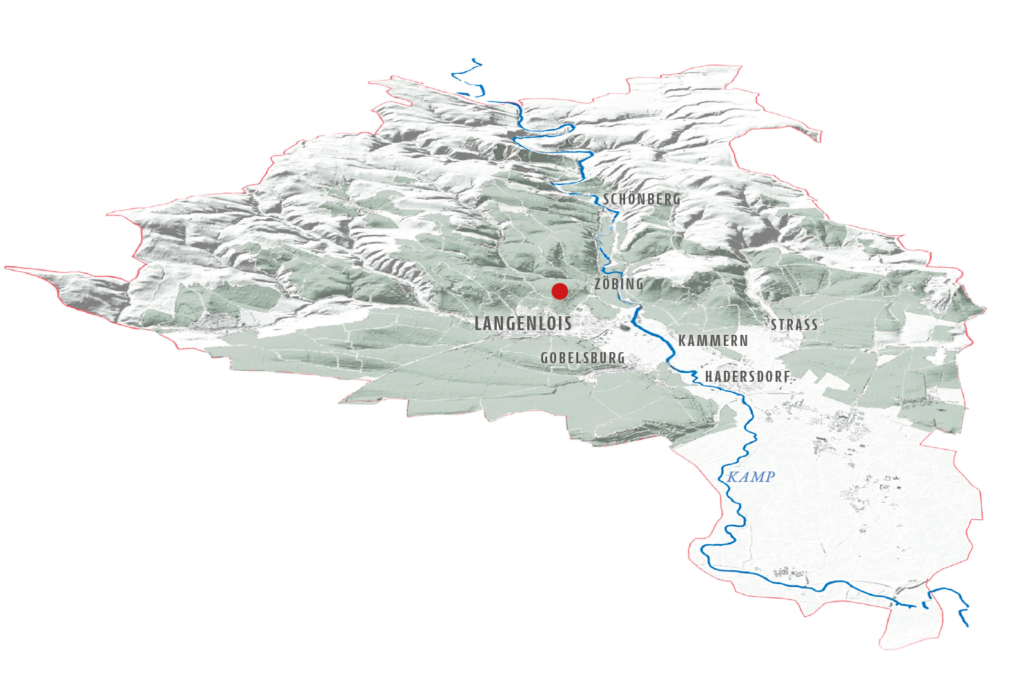

Seeberg
A south-southwest oriented vineyard at an altitude of about 300 metres above sea level. The silvery, glittering mica schist with intercalations of amphibolite reach up to the surface. This is overlain by weathered silty, sandy brown earth soils, mostly non-calcareous.
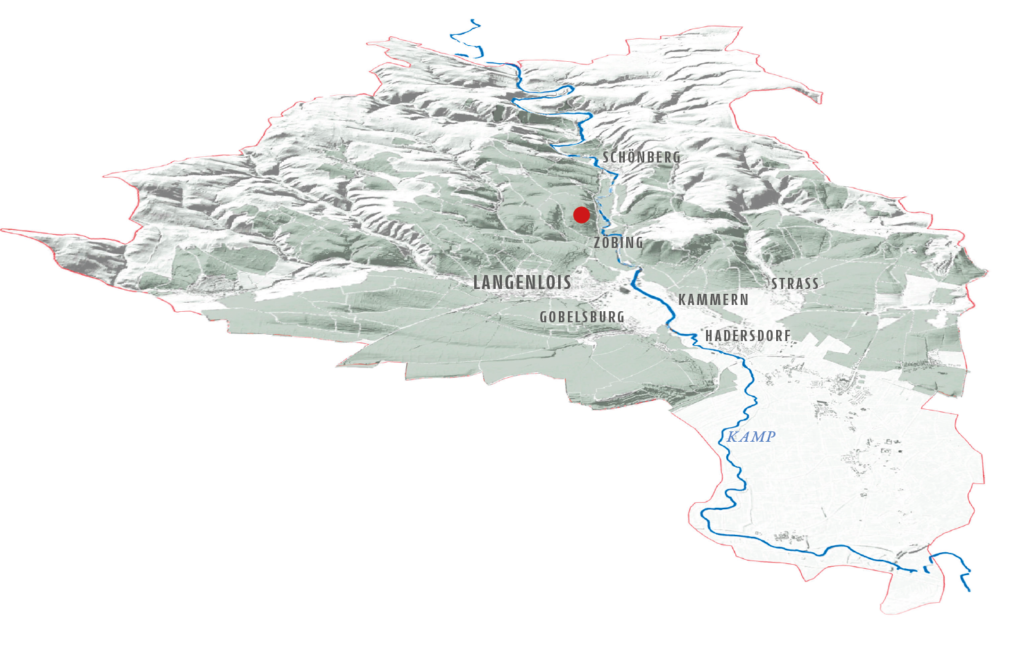

Loiserberg
A mountainesque vineyard rising up to 380 metres. Windy and with temperature extremes. Apart from the loess layers, which become thicker towards the southeast, and the occasional marble outcrop, there are mainly non-calcareous brown earth soils covering siliceous crystalline rocks such as paragneiss, mica schist and amphibolite.
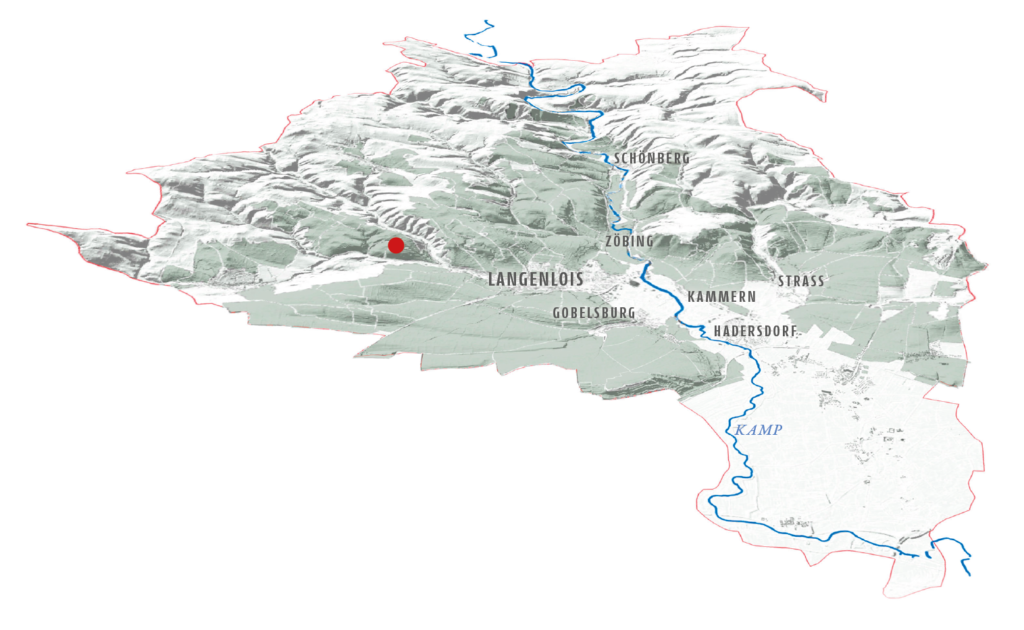

Berg Vogelsang
Embedded in Loiserberg, Berg Vogelsang is one of the most barren and coolest vineyards of Weingut Loimer. Barren because of so little topsoil; cool because the forests to the north are so close by. The soil of this southwest-facing vineyard consists of Gföhler gneiss with mica schist.
-

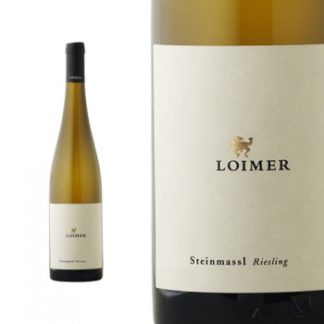 Steinmassl Riesling 2013 Kamptal DAC Reserve€49,00
Steinmassl Riesling 2013 Kamptal DAC Reserve€49,00 -

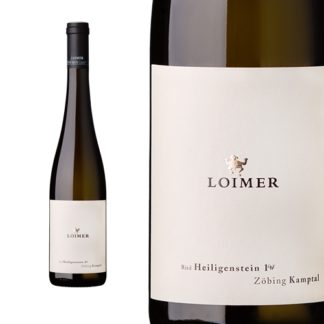 Ried Heiligenstein Riesling 2017, Kamptal DAC€64,00 – €138,00
Ried Heiligenstein Riesling 2017, Kamptal DAC€64,00 – €138,00

